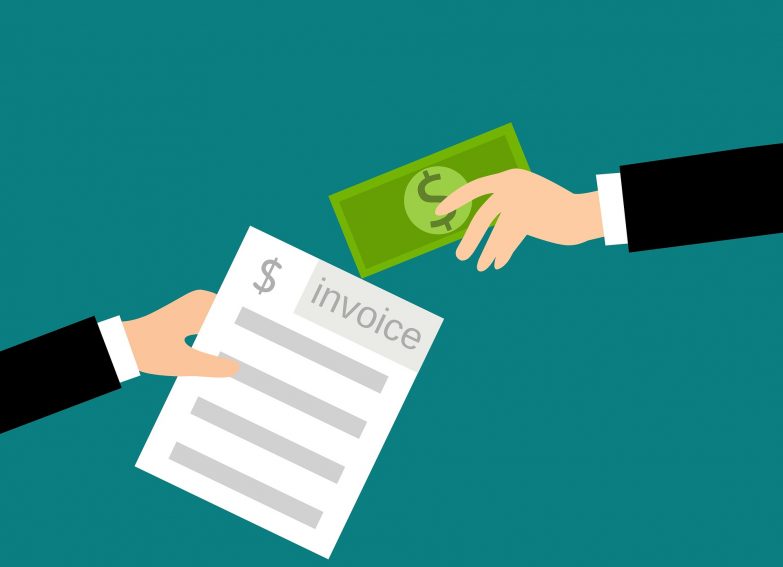
How to Protect Your Business Security
Sarah is very shaken. Facebook banned her! She’s not sure why. She has a successful Facebook group that sends new prospects to her email list at a rate of about one a week. Fortunately this is not critical to her business security, she can find other customers elsewhere but the group is a great place for conversations that give her insights into her market.
She must have broken some rule, possibly triggering an automated response. It took ages to work out how to make contact with a human being, who reassured her but it took the best part of a week to resolve the issue.
Corporate Rule
Sarah is very fortunate, some people are banned from social media platforms for much longer than a week. The reasons are not always clear and if they have broken a rule, it can be inadvertent.
This is likely to become a bigger problem for a variety of reasons. Here are a few:
- Spam has been recognised as a problem for many years and there are automated responses in place. Posting the same post in several places can trigger an automated response.
- There has been a lot of adverse publicity for social media platforms publishing material with violent, sexual or extreme political content. As they tighten up security it is impossible to predict what will trigger a response.
- Most platforms aim to monetise their services and so are likely to become less tolerant of unpaid marketing. Penalties may be accidental or deliberately planned. Why should some business receive benefits other businesses pay for?
The root problem is the social media platform owns your posts. They change the environment on a whim and it has not been unknown for a business to lose all its followers. Build your online business in a way that is secure from changes to social media platforms and does not incur penalties from breaches of rules, intended or not.
Secure Records
Email lists are the only secure online place to keep customer records. Use email services such as MailChimp or Aweber or else more complex CRM services, eg Infusionsoft or Kojabi. So long as you pay their fees, MailChimp has a particularly good offer for starter lists, you know your lists are secure.
In addition, these lists help you to stay legal and avoid mailing spam. They help you run a secure business, less likely to be criticised for poor business practices.
Once your list is in place, go forward with more confidence. Here are a few things to consider.
- Use social media to feed prospects into your lists. Do this directly, through a link to a squeeze page or indirectly by offering to sign up someone who makes contact through social media.
- Don’t depend solely on one platform.
- Sell from your website and keep sales low key on social media, eg click here for more information.
- Post high quality content that aims to draw people into wanting more from you.
- Try to engage in conversations by starting them in your own groups or engaging with people in other groups.
Overall, use social media strategically to draw prospects into your sales funnel and never be dependent on one platform.
Next time, I shall consider the question of compliance with regulations such as GDPR.








